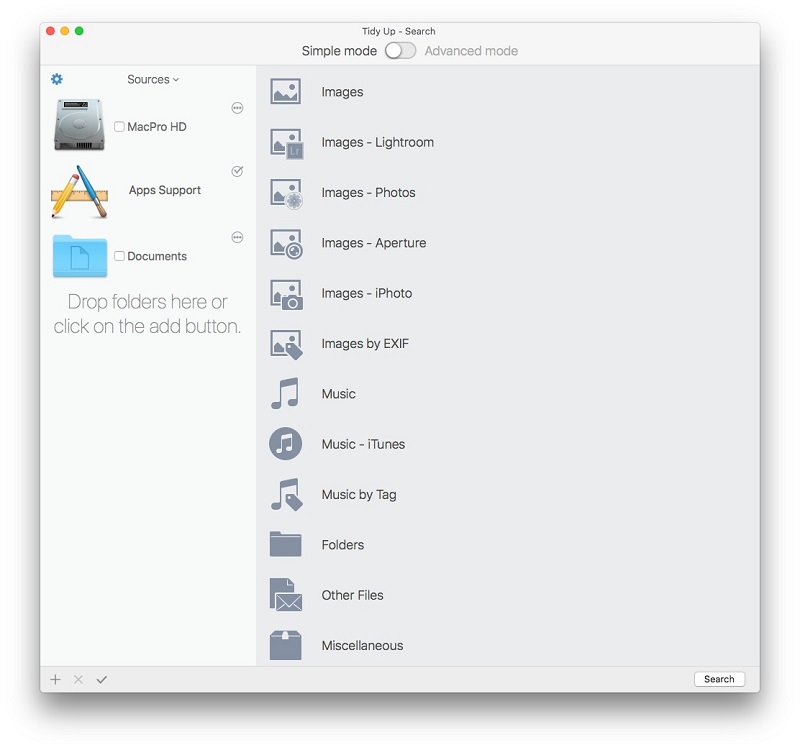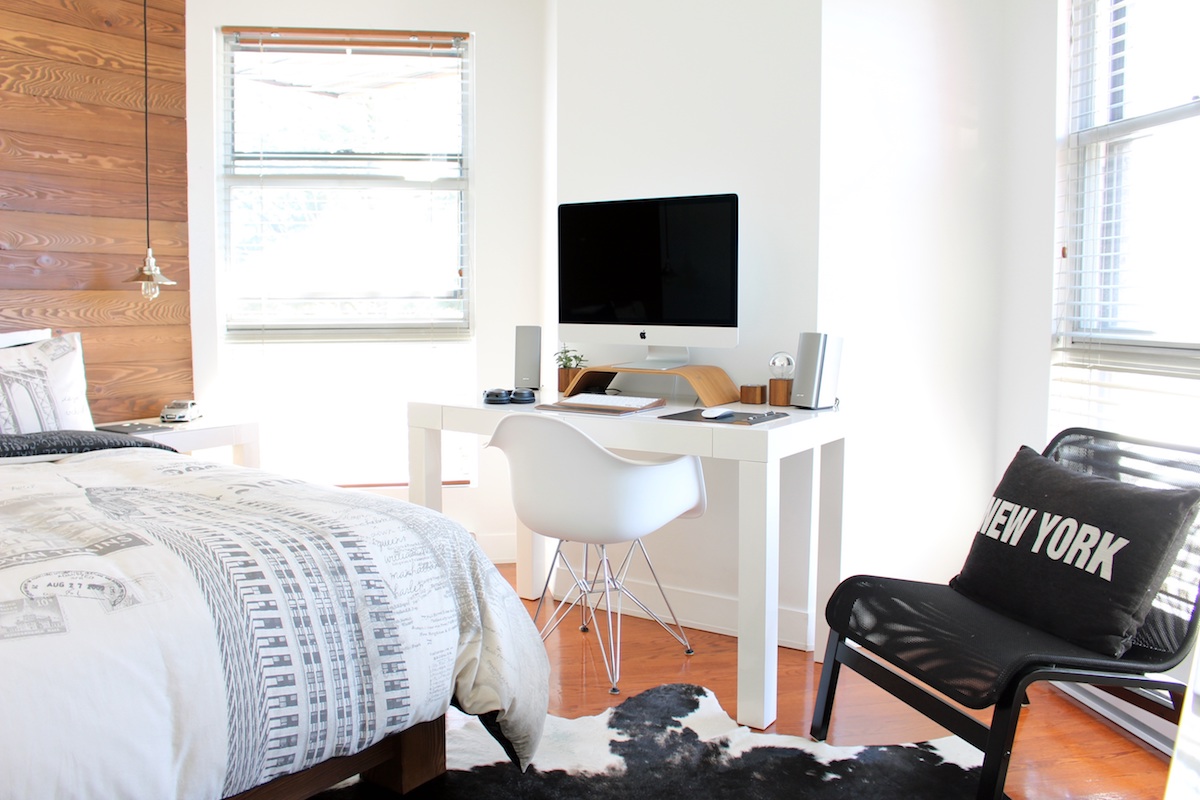

The second research project takes up the findings of the first project by simulating sensory-enriched break environments. Finally, strengths, limitations and practical implications for designing and improving restorative environments are discussed. This explorative research supports theory building and enables creation of restorative environments through holistic sensory impressions. Depending on the type of depletion and the environmental setting, specific environments and ambient qualities were evaluated as more important for the restorative potential of the place than others. In addition, they described indoor environments.

In accordance with restoration research, participants described natural outdoor environments which they sought for recovery. The first research project was an explorative study to identify restorative places and their ambient qualities. Based on the explored environments, the present research will point out psychological pathways to obtain recommendations for the design of restorative environments.

Further, the thesis includes identification of restorative environments and their specific ambient qualities. The main aim of this doctoral thesis is to enhance the existing theoretical framework of restorative environments and to give an overview of research while pointing out where more research is needed. Thus, concrete insights into how various ambient qualities of an environment may affect users perception are still needed. However, most of the recovery research focuses on investigation of single sensory impressions. In the real world, users experience environments through all their senses. Although other restorative environments may exist besides mundane natural environments, their systematic examination is still lacking. Restorative Environments Theory (RET) has shown that mundane natural environments support personal resources. Growing awareness of psychological health problems is resulting in various research areas exploring new approaches to fostering personal resources. At minimum, consumers are no ‘zombies’ that empty their pockets in the presence of whatever odor the smell needs to have a meaningful link to the (sustainable) context at hand to influence consumer behavior. Further support is needed to corroborate the indirect findings that specific scents can follow a ‘cold’ semantic road and a ‘hot’ affective road to spending. An explorative structural equation model suggested cognitive priming to be mainly responsible for increasing consumers’ spending in the fresh linen condition by enhancing the general store evaluation.
/children-cleaning-up-messy-nursery-145083432-58c815df3df78c353c2b38c5.jpg)
Whereas a conceptually-driven mediation analysis showed that only fresh linen scent increased mood and evaluations of the store, staff, and products, these variables did not mediate the relation between scent and spending. Other factors potentially affecting consumer behavior (e.g., weekday, weather, odor awareness) were uncorrelated. The results indeed showed that fresh linen scent almost doubled consumer spending versus the odorless control and the pleasant control odor. Buttressed by prior research, the fresh linen scent was expected to cause the strongest increase in spending behavior due to its positive semantic association with the product (i.e., clean clothing). To test this, a double-blind field experiment was designed where customers of a second-hand clothing store (N = 57) could face one of three conditions: fresh linen scent (pleasant and semantically priming ‘clean clothing’ increasing the products’ value), vanilla sandalwood scent (pleasant control odor), or regular store odor (odorless control). The two-fold aim of this study was (i) to investigate whether ambient scent could enhance customers’ subjective experience and spending behavior in a sustainable environment, and (ii) to elucidate the affective and cognitive pathways from scent to spending. Here, the focus is on a particular factor that so far has been overlooked in facilitating sustainable behavior, namely smell. Humanity’s demand for ecological resources and services exceeds what earth can regenerate in that year, creating an urgent need for more sustainable behavior.


 0 kommentar(er)
0 kommentar(er)
